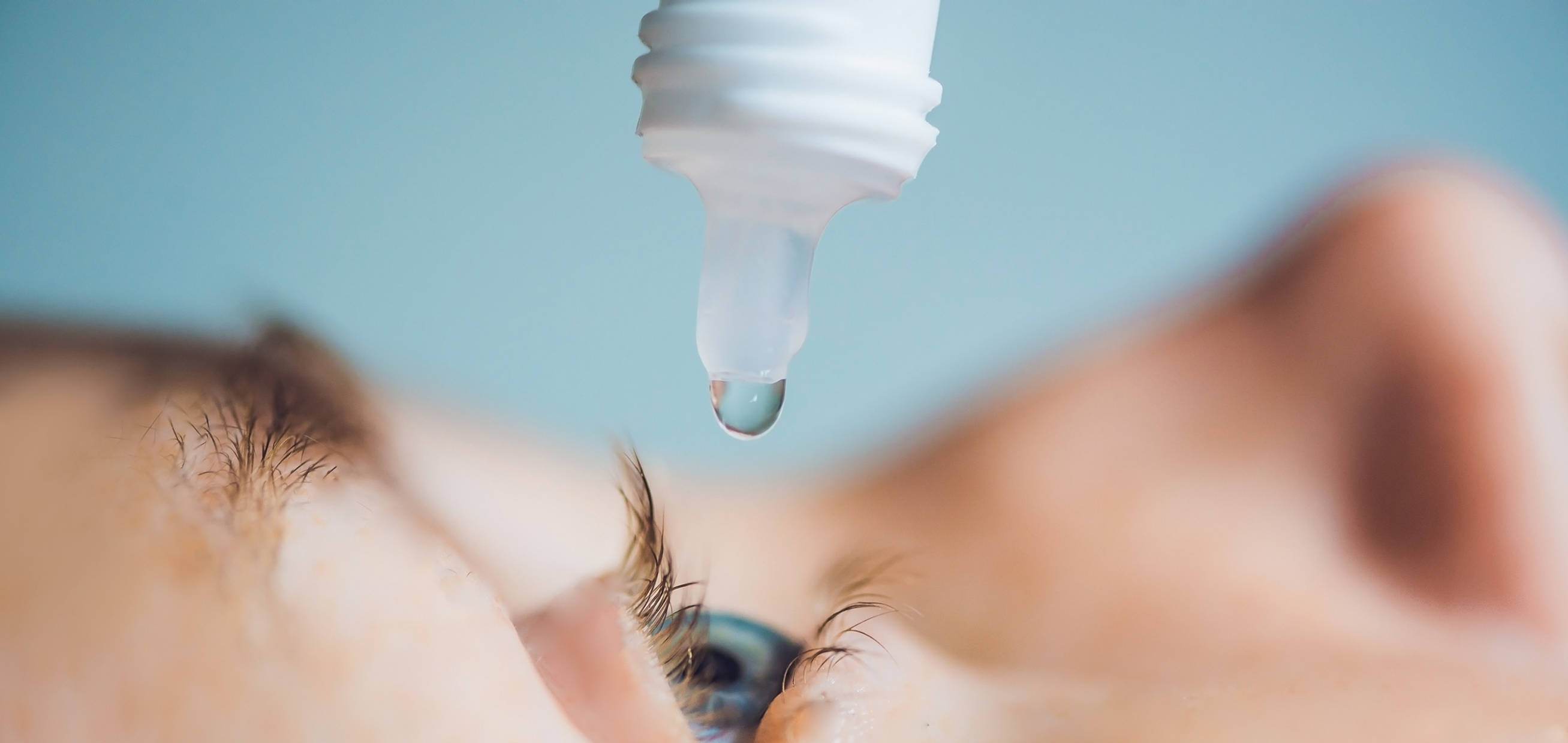
Our Vision of
CLINICAL EXCELLENCECommon Eye Conditions, Extraordinary Care
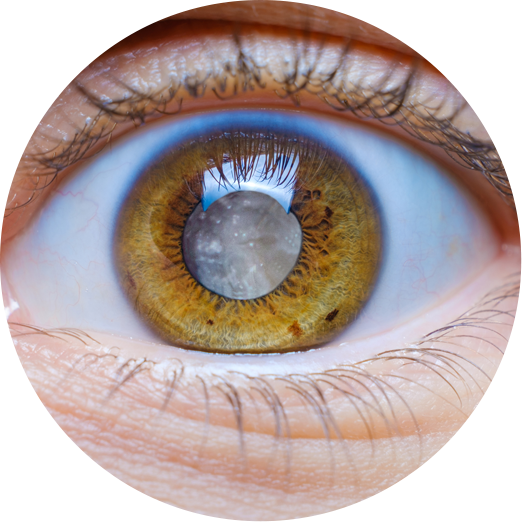
Glaucoma
Glaucoma is one of the leading causes of irreversible blindness in this country. The only way to slow the disease and prevent vision loss is through early diagnosis with a comprehensive eye exam.
Glaucoma is tricky because it’s often “silent,” without symptoms, early on. Fifty-percent of people don’t even know they have this disease in which your optic nerve becomes damaged from fluid buildup inside your eyeballs.
The disease tends to develop in people ages 60 and older. A family history of glaucoma increases risk. An annual eye exam catches glaucoma in its early stages, when prescription eye drops can help to prevent optic nerve damage. More advanced cases of glaucoma warrant other treatments, such as laser therapy and surgery.
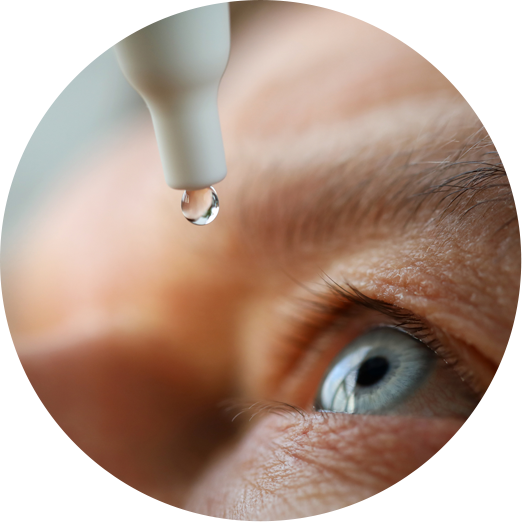
Dry Eyes
Dry eye disease occurs when you don’t produce enough tears or produce poor-quality tears. It can result from a tear malfunction, aging, certain medications like antihistamines or hormone replacement therapy, or an autoimmune disease like rheumatoid arthritis. Symptoms include irritation; excessive tearing; blurred vision; sensitivity to light; and a stinging, burning, or scratchy sensation.
Excessive dry eyes, or dry eye symptoms that go untreated, may lead to eye infections and have the potential to damage eye tissue, scar your cornea, or impair your vision.
Treatment options vary depending on severity. We can perform special tests to pinpoint the cause and recommend appropriate treatments. While dry eye disease can’t be cured, we have many strategies and treatments that effectively manage your symptoms.
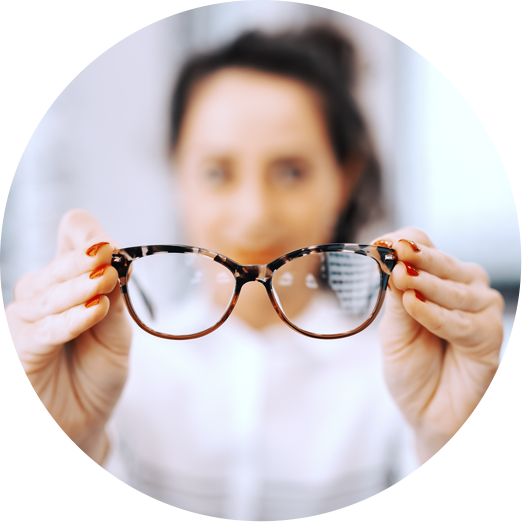
Myopia
Nearsightedness, known as myopia, means you can see nearby objects clearly but struggle to see distant objects. Myopia tends to run in families, develops during childhood or adolescence, and occurs when light rays bend inaccurately due to the shape of the eye or its parts.
We can detect and treat myopia with an eye exam and corrective lenses, such as glasses or contact lenses. Surgery is another option.
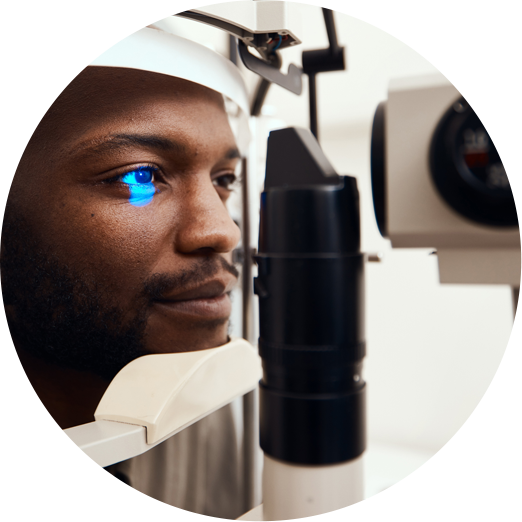
Hyperopia
Farsightedness, known as hyperopia, means you can see distant objects clearly but nearby objects can look blurry. Hyperopia tends to run in families.
We can detect and treat hyperopia with an eye exam and corrective lenses, such as glasses or contact lenses. Surgery is another treatment option.

Diabetic Retinopathy
Diabetic retinopathy is an eye condition that can cause vision loss and even blindness in people with diabetes. It occurs when high blood sugar levels damage blood vessels in the retina, which is the light-sensitive tissue at the back of your eye that transfers visual information to your brain for processing. When the damaged blood vessels leak or bleed, your vision becomes distorted.
If you have diabetes, it’s important to get a comprehensive eye exam at least once a year to evaluate your retina. Diabetic retinopathy may not have any symptoms at first, yet the disease can be progressing. Early detection can protect your vision.
Managing your diabetes — by staying physically active, eating healthy, and taking your medicine — can also prevent or delay vision loss.

Double Vision
Double vision, or “seeing double,” is known medically as diplopia. Double vision is the perception of two images of a single object. It can be either temporary or a sign of a serious or life-threatening condition like a stroke or brain aneurysm. That’s why it’s critical to go to the emergency room right away when you start seeing double.
Fortunately, most cases of double vision are temporary, not serious, and may result from ill-fitting glasses, dry eye disease, or astigmatism. We can treat many causes of double vision.
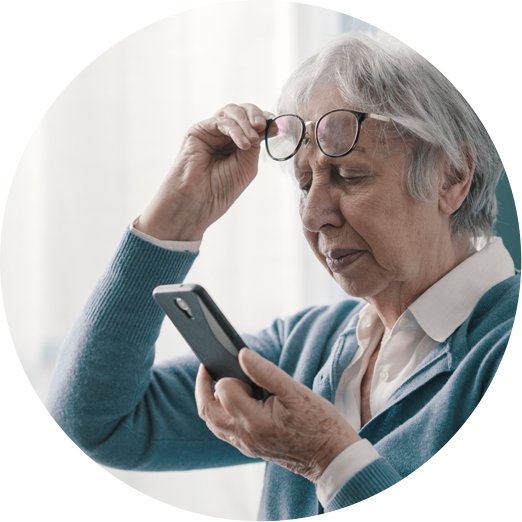
Macular Degeneration
Age-related macular degeneration (AMD) is a leading cause of vision loss in people 50 years and older. Besides age, other factors linked to AMD include: family history of AMD, smoking, obesity, and high blood pressure.
In this disease, a gradual thinning of the part of the retina called the macula causes you to lose your central vision. Your peripheral vision remains intact but your vision will become blurry without your central vision. You can’t see fine details, whether you’re looking at something close up or far away.
There are two types of this disease, known as dry and wet macular degeneration. Most people have the dry type.
We diagnose macular degeneration through a comprehensive eye exam. For the dry type, we’ll prescribe a new medicine to treat it. A combination of nutritional supplements may also be appropriate, and we’ll advise you on this specific research-backed regimen. If you’re diagnosed with wet macular degeneration, we’ll prescribe a medicine to help stop the abnormal blood vessel growth in the macula contributing to it. We may also refer you to an eye surgeon for laser surgery.
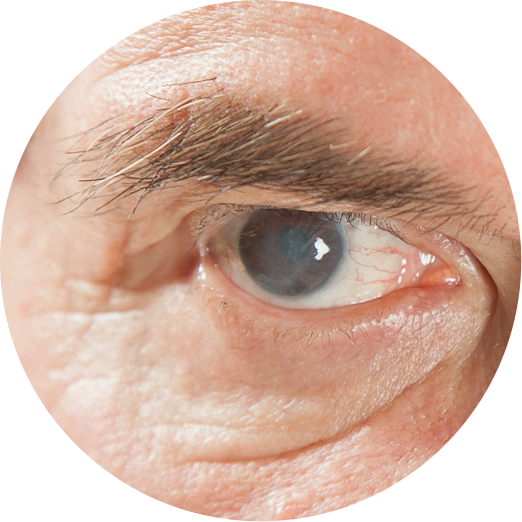
Cataracts
Cataracts are the leading cause of vision loss in the U.S. A cataract is a clouding of the lens of the eye, resulting from a change in the lens’s composition that alters its structure. The clouding impedes light rays from passing through the lens to the retina, hindering your eyesight.
Symptoms of cataracts include: dull and blurry vision, lights that are too bright or give off a halo, poor night vision, double vision, increased nearsightedness, or colors that seem faded.
Rarely, cataracts are present at birth, known as congenital cataracts. Cataracts are usually linked to advancing age and can start developing by age 40. In its early stages, eyesight may grow worse so slowly that it’s tricky to recognize a problem. Cataracts can also develop as a result of diabetes or a traumatic injury involving one or both eyes.
Cataract prevention involves avoiding risk factors for the disease, including smoking, excessive sunlight exposure (wear sunglasses and a hat), extended steroid use, and excessive weight gain. Eating a diet rich in dark green leafy veggies and fruits containing vitamin C may also help.
We diagnose cataracts by using a visual acuity test and a close-up exam of your retina with a pupil dilation test. Depending on your stage of disease, we’ll recommend treatment options, including an updated eyeglass prescription, anti-reflective coating on your lenses, and a referral to an ophthalmologist for cataract surgery.





